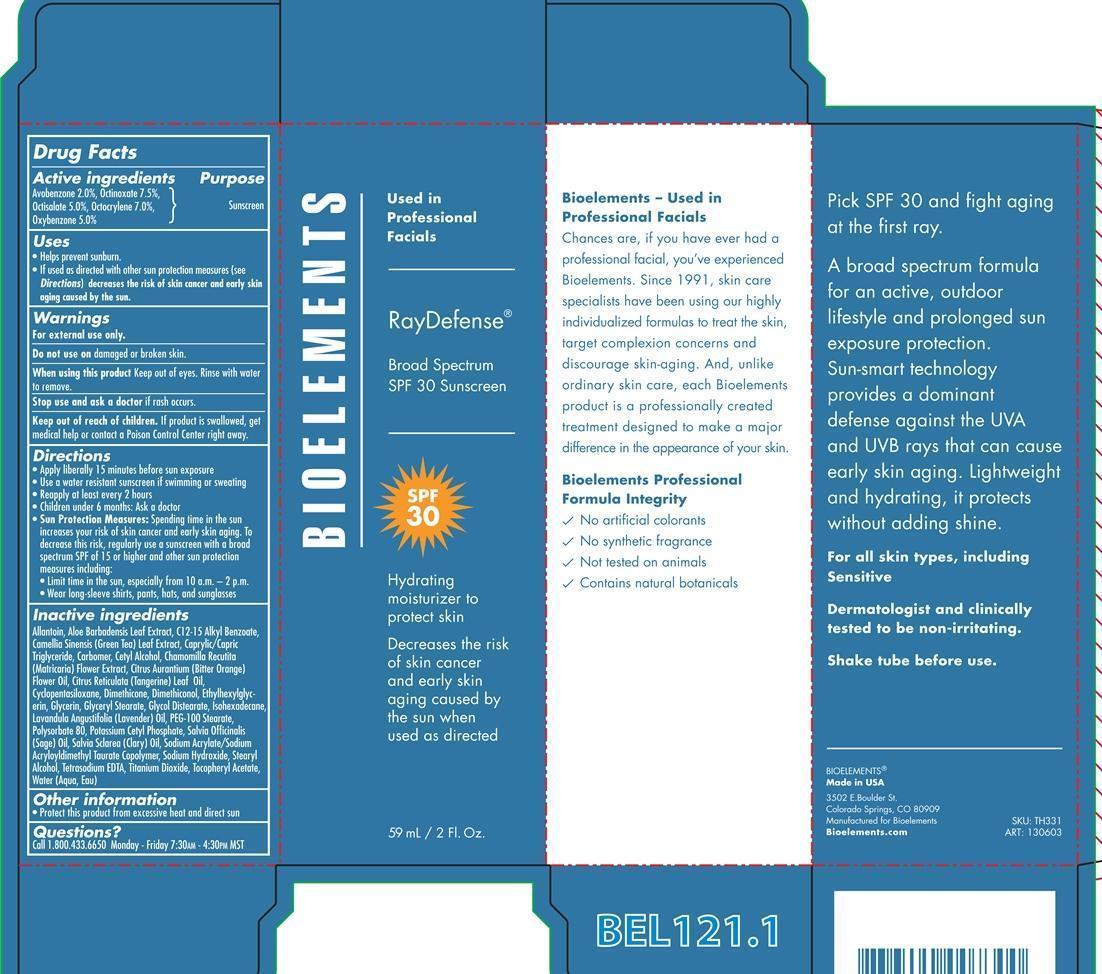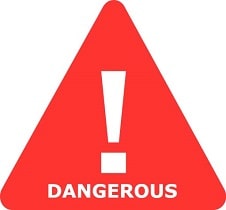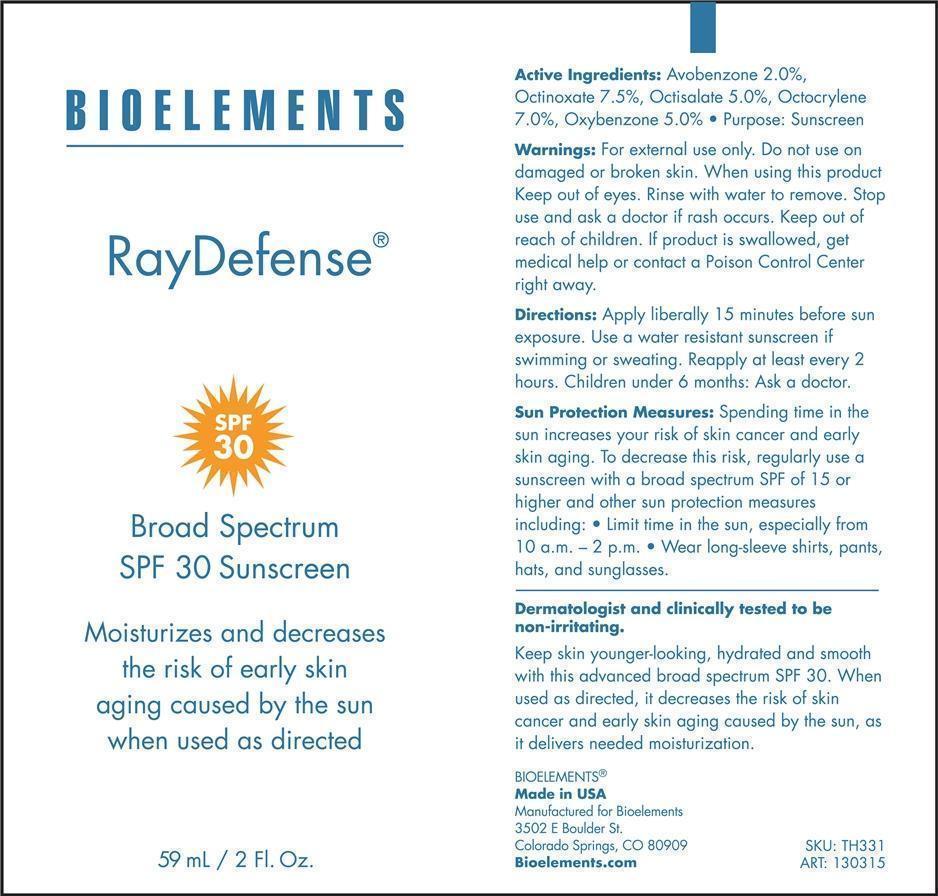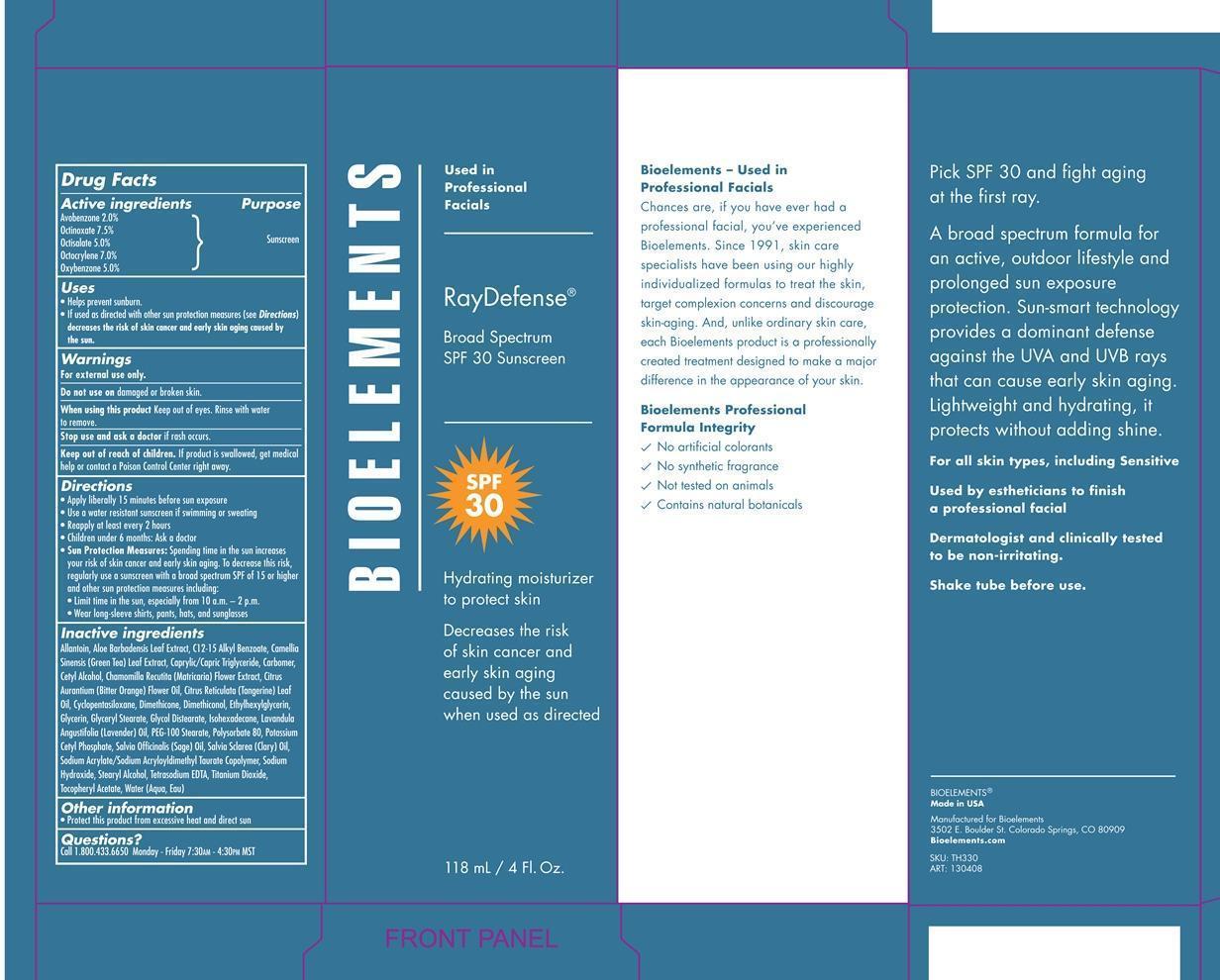Ray Defense Borad Spectrum Spf 30 Sunscreen Biolements while Breastfeeding

What is Ray Defense Borad Spectrum Spf 30 Sunscreen Biolements used for?
Purpose: Uses · helps prevent sunburn · If used as directed with other sun protection measures (see Directions), decreases the risk of skin cancer and early skin aging caused by the sun Keep out of reach of children. If product is swallowed, get medical help or contact a Poison Control Center right away. Stop use and ask a doctor if rash occurs Warnings · For external use only · Do not use on damaged or broken skin · When using this product keep out of eyes. Rinse with water to remove. Directions · Apply liberally 15 minutes before sun exposure · Reapply at least every 2 hours · Use a water resistant sunscreen if swimming or sweating · Children under 6 months: Ask a doctor Sun Protection Measures. Spending time in the sun increases your risk of skin cancer and early skin aging. To decrease this risk, regularly use a sunscreen with broad spectrum SPF of 15 or higher and other sun protection measures including: · limit time in the sun, especially from 10 a.m. - 2 p.m. · wear long-sleeve shirts, pants, hats, and sunglasses Allantoin, Aloe Barbdadenesis Leaf Extract, C12-15 Alkyl Benzoate, Camellia Sinensis (Green Tea) Leaf Extract, Caprylic/Capric Triglyceride, Carbomer, Cetyl Alcohol, Chamomilla Recutita (Matricaria) Flower Extract, Citrus Aurantium (Bitter Orange) Flower Oil, Citrus Reticulata (Tangerine) Leaf Oil, Cyclopentasiloxane, Dimethicone, Dimethiconol, Ethylhexylglycerin, Glycerin, Glyceryl Stearate, Glycol Distearate Isohexadecane, Lavandula Angustifolia (Lavender) Oil, PEG-100 Stearate, Polysorbate 80, Potassium Cetyl Phosphate, Salvia Officinalis (Sage) Oil, Salvia Sclarea (Clary) Oil, Sodium Acrylate/Sodium Acryloyldimethyl Taurate Copolymer, Sodium Hydroxide, Stearyl Alcohol, Tetrasodium EDTA, Titanium Dioxide, Tocopheryl Acetate, Water (Aqua, Eau).
Is Ray Defense Borad Spectrum Spf 30 Sunscreen Biolements safe to use while breastfeeding? Can it interfere with growth and development of my kid?

Avobenzone and Breastfeeding
SafeNot much study has been done on effects of topical usage of Avobenzone during breast feeding however it is known to penetrate the skin in very limited quantity. Its not very likely to have adverse effects in breastfed infants.
Note: Study and data for tropical use only, Breakdown product causes relatively high rates of skin allergy hence stabilization is required.Warning: Tropical usage in breast area shall be avoided to prevent the Avobenzone passing orally in Infants.
Octinoxate and Breastfeeding
Unsafe
Octinoxate (Octylmethoxycinnamate) has been detected in human urine, blood and breast milk and is known for moderate risk of skin allergy. Some studies suggest that Octinoxate has estrogen like effects however less than 1% skin penetration has been found in human laboratory studies. As not much study has been done on effects of Octinoxate during breast feeding its recommended to use safe alternatives.
Octyl Methoxycinnamate (OMC) is a frequently used UV-filter in sunscreens and other cosmetics. Octinoxate can be systemically absorbed after skin application, being found in the deeper layers of the stratum corneum as well as urine, plasma, and breast milk. The mean maximum plasma concentration detected after application of 2mg/cm2 sunscreen was 7ng/mL in women and 16ng/mL in men. FDA study found blood levels 13 times above cutoff for systemic exposure.
Several studies indicated that OMC acts as an endocrine disruptor due to the ability to interfere with endocrine system at different levels. In humans OMC exposure has minor, but statistically significant effects on the levels of testosterone and estradiol. Moreover, some studies suggested that OMC can interact with the hypothalamo-pituitary-thyroid (HPT) axis.
Moreover, a study of offspring of dams treated with OMC (500�1000 mg/kg/day) showed sex-dependent behavioral changes, namely decreased motor activity in females, but not in males, and improved spatial learning in males, suggesting that OMC can affect neuronal development, however the doses used in these experiments were extremely high, not relevant to possible human exposure.
Note: Study and data for tropical use onlyWarning: High dosage shall be avoided as reproductive system, thyroid and behavioral alterations in animal studies has been found, Tropical usage in breast area shall be avoided to prevent the OCTINOXATE passing orally in Infants.
Octisalate and Breastfeeding
Low RiskOctyl salicylate is an oil soluble chemical sunscreen agent that absorbs UVB radiation. It does not protect against UVA. Octyl salicylate is used to augment the UVB protection in a sunscreen. Salicylates are weak UVB absorbers and they are generally used in combination with other UV filters
Octisalate rarely causes allergies in tropical usage. Not much study has been done on effects of topical usage of Octisalate during breast feeding however it is known to penetrate the skin hence it�s better to use other alternatives.
FDA study found blood levels 10 times above cutoff for systemic exposure, skin penetration in lab studies has been observed
Note: Study and data for tropical use onlyWarning: Tropical usage in breast area shall be avoided to prevent the Octisalate passing orally in Infants.
Octocrylene and Breastfeeding
Safe
Based on the current available safety data, octocrylene used as a UV filter in cosmetic products at a concentration of 10% can be considered as safe. There was no evidence of any endocrine disruption potential from experimental studies which demonstrated no adverse effects on reproductive (e.g. oestrus cycle, epididymal and testicular sperm parameters) and developmental parameters. Effects on thyroid reported in repeated toxicity studies conducted in rats at very high doses are species?specific and not relevant considering the doses at which octocrylene is used in human.
Four studies on the transdermal absorption of octocrylene are available in the scientific literature, and an additional study is available in ECHA summaries of safety data. Dermal absorption studies of octocrylene showed that most octocrylene concentrations are found in the stratum corneum and that very few quantities are found in the epidermis (0.4%) and in the receptor fluid (<0.05%). In vivo, a very recent study in human volunteers showed systemic exposure to octocrylene with maximal concentrations ranging from 2.9 to 7.8 ng/mL under indoor maximal use conditions. Octocrylene has been found at very low amounts in human milk, and some metabolites of octocrylene were primarily detected in urine of volunteers using sunscreen products.
No systemic effects were reported after dermal exposure to octocrylene in rabbits at very high dose (534 mg/kg bw/day) compared with those used in cosmetic products. After oral exposure, effects on liver and thyroid were reported in a study conducted in rats at high doses (340 and 1085 mg/kg bw/day in males). These effects were investigated in an additional mechanistic study which showed that effects on thyroid were indirect and due to hepatic enzyme induction potential of octocrylene in rats at very high oral doses.
Based on available animal data, octocrylene does not induce developmental or teratogenic effects. In an extended one?generation reproductive toxicity study, only rats treated with the highest dose of octocrylene via oral route showed a decrease in the number of implantation sites and consequently a low number of pups. This very high dose of 550 mg/kg bw/day cannot be considered to be relevant to the dermal use of octocrylene as a cosmetic ingredient. Moreover, no other effects on male and female fertility and reproductive parameters such as oestrus cycle, epididymal and testicular sperm parameters were observed in all groups tested. Regarding pups, no effects on sexual and neurodevelopmental parameters were observed.
Note: Study and data for tropical use onlyWarning: Tropical usage in breast area shall be avoided to prevent the Octocrylene passing orally in Infants. In some rare cases it can cause skin allergy.
Oxybenzone and Breastfeeding
DangerousOxybenzone has been found in mother�s milk. And has relatively high 1% to 9% skin penetration in lab studies. Oxybenzone has relatively high rates of skin allergy, it has weak estrogen like effects, and its observed as moderate anti-androgen. Oxybenzone is associated with altered birth weight in human studies. It is not recommended to use Oxybenzone during breast feeding.
Note: Study and data for tropical use only.Warning: Tropical usage in breast area shall be avoided to prevent the Oxybenzone passing orally in Infants.
I already used Ray Defense Borad Spectrum Spf 30 Sunscreen Biolements and meanwhile I breastfed my baby should I be concerned?
You should immediately inform your health care provider about Ray Defense Borad Spectrum Spf 30 Sunscreen Biolements usage and your breastfeeding interval after usage of
My health care provider has asked me to use Ray Defense Borad Spectrum Spf 30 Sunscreen Biolements, what to do?
Please double check with your doctor if he is aware of your breastfeeding stratus, Ask your doctor if there is any safe alternative of Ray Defense Borad Spectrum Spf 30 Sunscreen Biolements. Check with your doctor if you shall temporally stop breastfeeding. You may go for second opinion as well. Still after all of this if your doctor still recommends Ray Defense Borad Spectrum Spf 30 Sunscreen Biolements then go for it as they have access on more detailed medical and scientific information and they understand your individual medical situation much better.
If I am using Ray Defense Borad Spectrum Spf 30 Sunscreen Biolements, will my baby need extra monitoring?
Extreme level of monitoring required as Ray Defense Borad Spectrum Spf 30 Sunscreen Biolements could be dangerous for kid.
Who can I talk to if I have questions about usage of Ray Defense Borad Spectrum Spf 30 Sunscreen Biolements in breastfeeding?
US
National Womens Health and Breastfeeding Helpline: 800-994-9662 (TDD 888-220-5446) 9 a.m. and 6 p.m. ET, Monday through Friday
UK
National Breastfeeding Helpline: 0300-100-0212 9.30am to 9.30pm, daily
Association of Breastfeeding Mothers: 0300-330-5453
La Leche League: 0345-120-2918
The Breastfeeding Network supporter line in Bengali and Sylheti: 0300-456-2421
National Childbirth Trust (NCT): 0300-330-0700
Australia
National Breastfeeding Helpline: 1800-686-268 24 hours a day, 7 days a week
Canada
Telehealth Ontario for breastfeeding: 1-866-797-0000 24 hours a day, 7 days a week
